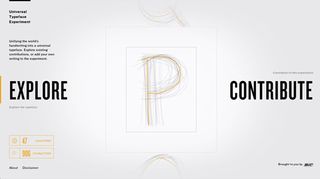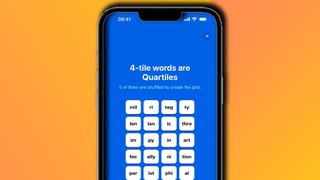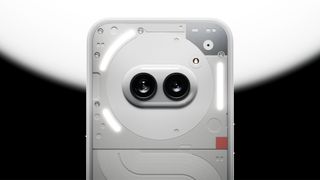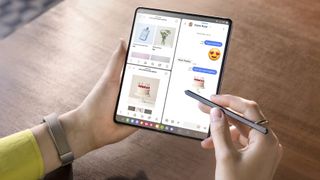Like most agencies and prodcos, digital for us used to mean desktop. And even though there were repeated prophecies about 'the year of mobile' it wasn't until 2008, heralding the launch of Apple's app store, that mobile devices with respectable processing power gained traction and became commonplace products in pockets around the planet.

Alongside the exponential rise in processing power came increasingly exciting possibilities with mobile apps and web browsers. However, during this early stage the field of mobile advertising remained an underexplored territory, a difficult question ignored by brands, agencies and publishers alike.
Mobile posed a different perspective on the way digital campaigns should be produced. During the scramble to master the medium, mistakes were made that ignored that most basic of truths: new tools come with new rules.

So before we dive into the 'dos' of mobile ads, let's take a look back at those all important 'don'ts'.
The first and most common mistake was to apply production methods and best practices everyone was comfortable with. By failing to adapt fundamentals like user interaction and interface design to the mobile platform, campaigns were pieced together as awkward desktop translations. Avoid this – plan with mobile in mind.
Secondly, people equated smaller screens with smaller ideas. This thought process drastically diminishes the potential of a campaign – with both its concept and message blunted as a result of mindless scaling.
Third and finally, agencies would produce mobile campaigns for the sole purpose of waving the flag of a cutting edge platform. It became evident that 'having an app for that' wasn't enough to carry a brand's creative message – especially without thorough consideration of how the message fits the medium. Learn from past mistakes; don't jump on the bandwagon, or you'll end up jumping the gun.
Get the Creative Bloq Newsletter
Daily design news, reviews, how-tos and more, as picked by the editors.

With these former faux pas in mind, here's our take on the 'dos' of a great mobile campaign:
Today, mobile has become the first screen for many of us when it comes to consuming content. So rather than approaching mobile's small screen as a limitation, take a step back and consider what makes mobile unique. Print, radio, television and even desktop digital lack mobile's always-on nature. It's the very personification of a connected device, giving us an around-the-clock audience, hungry for both content and conversation.
Remember: Small screen, big reach. This means that when produced correctly, campaigns can be tailored towards online discussion. It's not about the smaller screens, it's about the size of the audience. For us, more than 50 per cent of traffic comes in via mobile. If your creative ideas can cash in on this fact, you're already off to a strong start.
Finally, consider the platform's specific benefits – new rules that are unique to mobile. Think of location-based services combined with personal profiles and payment to create context and ground campaigns in a user's reality.
Consider the natural user interactions mobile provides; touchscreen gestures and motion controls allow for haptic and familiar experiences that far surpass the impact of any mouse-click. Capture these aspects in your campaign, and you can meet your audience on a level that is both relevant and enjoyable to their interests.
So, instead of compromising the scale of our Big Ideas, let's utilize these invaluable features to make mobile move. It's not about smaller screens; when it comes to digital campaigns, mobile should be recognized as an awesome alternative. Immersive, portable and personal; mobile is today's first screen, and needs to be treated as such.
Words: Wesley Ter Haar
Wesley Ter Haar is cofounder and COO of MediaMonks, the biggest creative digital production company on the planet.
Like This? Read this!
- The designer's guide to special characters
- How to build an app: try these great tutorials
- Free graphic design software available to you right now!





